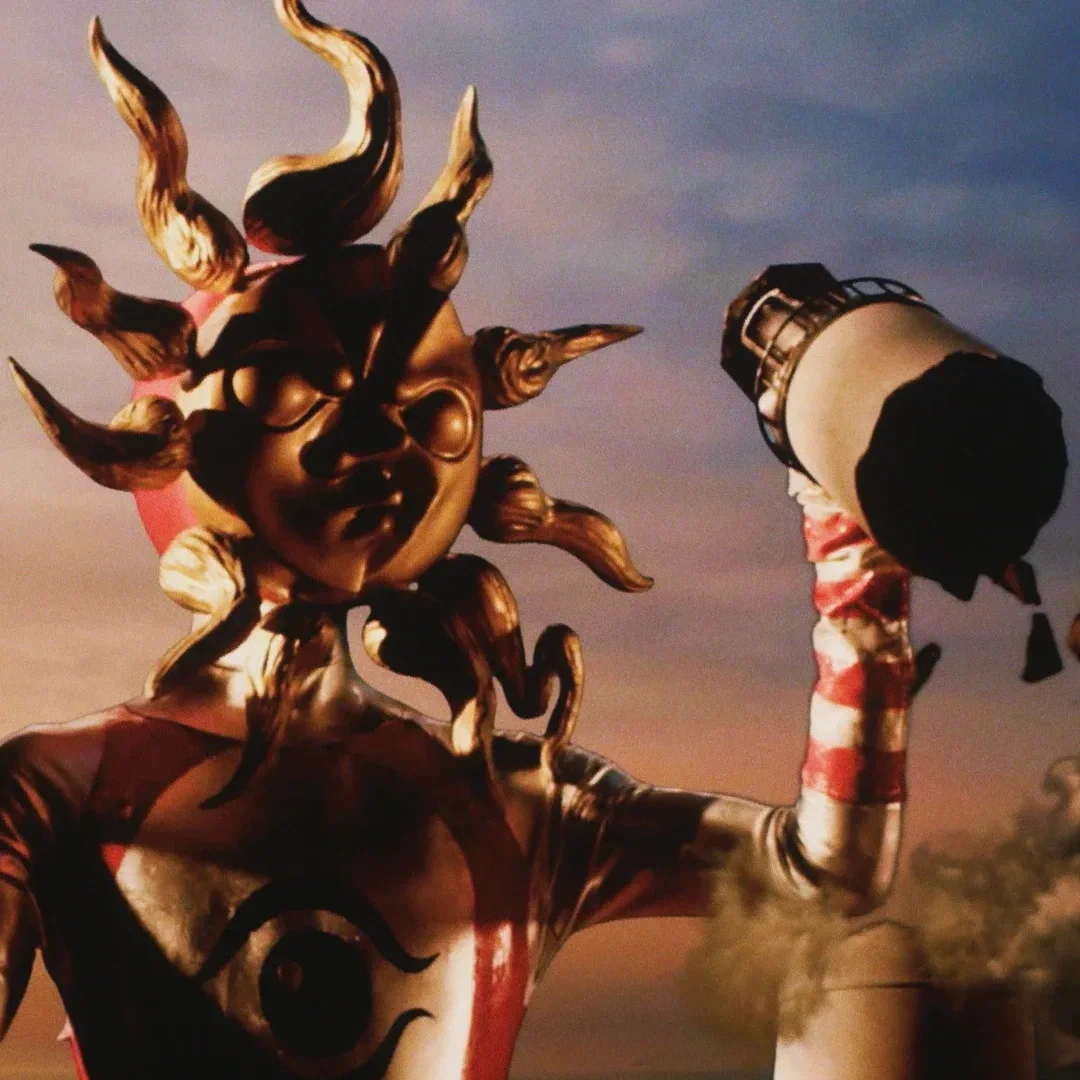Kiyoshi Awazu - Pioneering Graphic Design in Post-War Japan
一食を支える運動・立正佼成会 - 1979│© 21st Century Museum of Contemporary Art, Kanazawa
Kiyoshi Awazu, the designer whose work stands as a response to Japan’s post-war cultural and urban transformation, marked by his mix of surrealism, indigenous iconography, and counter cultural motifs. Unlike other modernist graphic designers of his time, pursuing a more polished and functional aesthetic, Awazu was on a quest to disrupt the increasingly regulated cityscapes of post-war Japan through gaps and openings that invited personal interpretation.
Awazu’s Beginnings
Kiyoshi Awazu’s early years coincided with the tail end of the Taisho era, a time when Japan was experiencing significant modernization and Westernization. Against this complex backdrop much of Awazu’s design perceptions would take shape. He was part of the generation of artists who grew up during Japan’s imperialist expansion, the devastation of World War II, and the American occupation, events that had a strong hold on the aesthetic landscape of postwar Japan. Awazu’s work, together with other great names like Daido Moriyama, became both a response to and a product of these turbulent times.
As he studied graphic design at the Tokyo University of the Arts, Awazu immersed himself in both traditional Japanese aesthetics and modernist ideas. His exposure to European avant-garde movements, particularly surrealism and expressionism became an existential influence in his life. He found himself drawn not just to the simplicity of form that characterized much of Western modernism but also to the dreamlike, symbolic, and often rebellious nature of surrealism.
Surreal Approach
In the 1950s, Awazu’s design philosophy began to diverge from the international modernism that dominated graphic design at the time. Whereas many designers focused on functionalism and the clarity of communication, Awazu turned toward a more conceptual and expressive form of design. His work was deeply symbolic, often drawing on surrealist imagery and elements of Japanese folklore, mythology, and traditional painting.
Diving deeper, the influence from Japanese woodblock prints from ukiyo-e masters such as Hokusai, but also ink brush techniques of calligraphy becomes evident. Reflected in bold, graphic lines and dynamic compositions, Awazu balanced these graphic elements with the surreal and avant-garde visual language of European modernism, leading to a new, hybridized aesthetic that felt distinctly Japanese yet at the same time engaged with the global avant-garde discourse.
Give Our Sea Back - 1955│© 21st Century Museum of Contemporary Art, Kanazawa
The Political and Social Context
It’s impossible to divorce Awazu’s work from the political climate of post-war Japan. The country’s rapid industrialization and Westernization after World War II created a complex tension between tradition and modernity. Japan’s political shift toward democracy, the influence of American culture, and the rise of consumerism all shaped the ways in which artists like Awazu responded to their world.
Graphic design became his personal tool for social and political commentary, as his designs engaged with issues of war, peace, and Japan’s place in the global order. While Japan re-established itself as an economic power, Awazu’s work took on a more critical stance toward the way in which consumerism and industrialization were transforming Japanese society.
Japanese Surrealism
Surrealism was a cornerstone of Awazu’s creative work. The movement, which originated in Europe in the 1920s, sought to break free from conventional thought and open up new ways of seeing and experiencing the world. Surrealist artists like Salvador Dalí, René Magritte, and Max Ernst explored the subconscious mind, dreams, and irrationality in their works—ideas that resonated deeply with Awazu.
His posters from the 1960s often took on a dreamlike aura, with fragmented forms, distorted proportions, and bizarre contrasts. His compositions defy logic, creating an eerie sense of visual tension. This surreal approach was, in part, a reaction to the overly rational and functional designs that dominated the commercial and advertising industries at the time.
What set Awazu apart from his Western counterparts, however, was his ability to incorporate elements of Japanese culture into his surrealist work. His designs blended traditional motifs—such as kabuki theater, Zen aesthetics, and folklore—with the fantastical elements of surrealism. This cross-cultural blending made his designs both uniquely Japanese and universally resonant.






Kiyoshi Awazu’s contributions to Japanese graphic design were foundational in the development of the country’s visual culture in the latter half of the 20th century. His work was instrumental in moving graphic design away from mere commercial advertising toward a more expressive and socially engaged art form. As Japan transitioned from a war-torn nation to an economic powerhouse, Awazu’s designs mirrored the anxieties, desires, and complexities of the era.
In the years following his death in 2009, Awazu’s influence has continued to be felt. His work has been celebrated in retrospectives and exhibitions both in Japan and abroad. Kiyoshi Awazu’s graphic design journey was marked by his ability to transcend conventional boundaries and rethink the role of design in society. His work was challenging norms, questioning authority, and responding to the complex realities of postwar Japan.









How Hiroo Isono captured the beauty of nature through his mythical art.